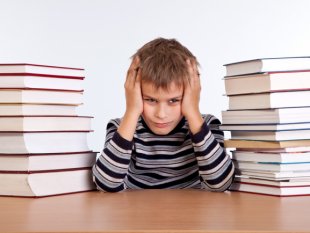Yes, what about socialization? The Holy Grail of “go to” questions from pro-traditional school proponents grates like the proverbial nails on a chalkboard for most home-schooling/unschooling/school-free parents.
Buy why? Why are we all so concerned about socializing? Why are pro-schoolers so concerned with it and homeschoolers are so bothered by the question? Let’s consider a few things.
As an adult, I want you to imagine being in a room with 20-30 other people your age with whom you are forced to work, interact, share, and socialize for a minimum of 6 hours every day for 5 days out of the week. You also have to eat with them. And go to the bathroom in groups.
How does that make you feel?
Whether it makes you feel good or bad is irrelevant. What I want you to focus on is choice.
You see, as adults we have the option to control the amount of socializing we create in our lives. If we need downtime, “me time”, alone time, or free time – we make it happen. Granted, there are exceptions and obligations, but for the most part, we have the choice to “socialize” as little or as much as we choose.
Why don’t we allow our children the same choice?
Why do we believe it’s healthy for our children to be surrounded by other children for 30-40 hours every week for 40 weeks out of the year, when we wouldn’t do that to ourselves as adults? Why do we believe that children gain some sort of positive social growth by having this kind of forced, concentrated, overextended interaction with their peers?
It seems manufactured and unrealistic when we describe it that way, right?
Consider, too, if parents and close family members are the people who are best suited to instill social constructs and beliefs that align with an individual family’s values, why then are schooled children spending such a disproportionate amount of time away from the family?
Also, consider your child’s future. What are the chances that he or she will end up in a career or entrepreneurial endeavor where they will interact only with people their age, ability level, and social status? Is it more likely that your child will end up doing something with their future that involves people from other age ranges, income brackets, religious beliefs, ability levels and so on? What then are we teaching our children about socializing when we put them in a room full of other children similar to them?
Is it possible that what school is really teaching our children about socializing is that we aren’t supposed to interact with people who are different, or outside of our cozy little bubble?
Is school possibly teaching our children that time spent alone is somehow weird and unnecessary?
Is the social construct of school itself possibly the impetus for bullying?
As the mother of two young children, my social media newsfeed algorithms tend to default on occasion to articles and memes that stress the importance of “self care” and “me time” – since it turns out that being a parent is kinda challenging. If it’s important for adults to take time out of their busy schedules for themselves, doesn’t it make sense for children to have time to themselves also?
If children are constantly learning, developing, and growing – as the “little sponges” we imagine them to be – how much more critical is it then that they learn the importance of a balanced social life that includes people who are different from them and that they need sufficient time to themselves? And wouldn’t it be ideal for them to learn these things as early as possible? Why should we wait until adulthood to figure this out?
So, back to the original question: what about socialization?
As far as socialization within the school system is concerned, we need an accurate and healthy definition, first. Then, we need to give our children opportunities for choice and balance. And as it currently stands, traditional school constructs are far from any definition or approach of that sort.


